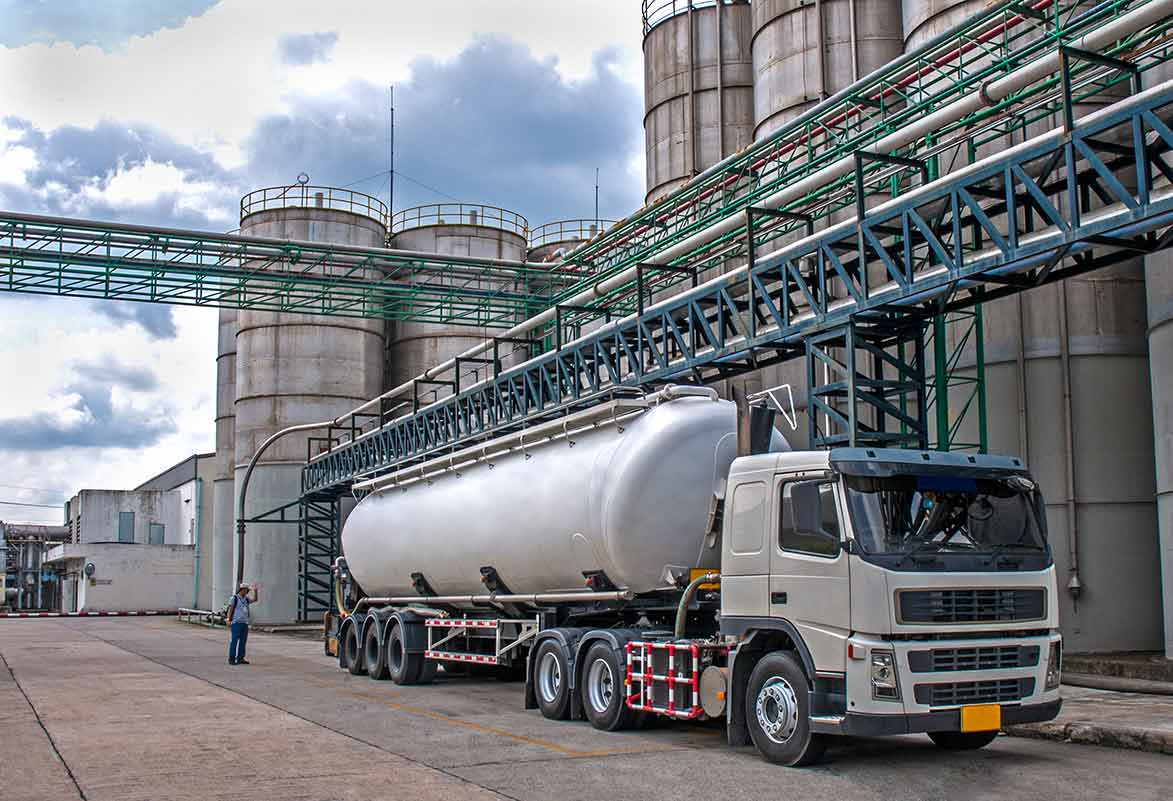مقدمة
المصانع الكيميائية هي منشآت صناعية معقدة تستخدم لإنتاج مجموعة واسعة من المواد الكيميائية والمواد والمنتجات التي تعتمد عليها المجتمعات الحديثة. إنها حيوية لقطاعات مثل الزراعة والبناء والتكنولوجيا والرعاية الصحية وغيرها. ومع ذلك، قد لا يفهم الكثير من الناس بشكل كامل ما هي المصانع الكيميائية، والدور الذي تلعبه، والحقائق الأساسية حول عملياتها. ستوضح هذه المقالة 5 جوانب رئيسية للمصانع الكيماوية لتعزيز فهم الجمهور بشكل أفضل لهذه المرافق.
What Exactly Are المصانع الكيميائية?

Chemical plants, sometimes called chemical processing plants, are industrial sites that are carefully engineered to safely manufacture chemicals, usually through chemical reactions. They utilize a variety of processing equipment like reactors, boilers, condensers, piping, pumps, and more to produce chemicals. The raw materials inputs and types of processing equipment differ between plants depending on what chemicals they produce.
Some examples of chemicals made at these industrial facilities include polymers, fertilizers, adhesives, plastics, synthetic fibers, consumer products, pharmaceutical ingredients, acids, solvents, and many more. These materials end up in all sorts of end-use products that consumers and industries rely on daily.
Why Are المصانع الكيميائية Important?
Although they tend to operate behind the scenes, chemical plants play indispensable roles in supporting modern economies and standards of living:
- They make the key basic and intermediate chemicals that virtually all manufacturing industries depend on to create final products. Everything from electronics, to vehicles, to medicines utilize chemicals from processing plants.
- They enable agricultural productivity and food security by producing fertilizers, crop protection chemicals, animal feed additives that farmers rely on.
- They produce ingredients and materials critical for medical supplies and pharmaceutical drugs.
- They provide chemicals essential for drinking water purification. Over $500 billion in products across all sectors are enabled by chemistry from chemical plants each year.
Simply put, these facilities form the foundation of national and global chemical supply chains that produce the building blocks of modern life.
How Do Chemical Plants Work?
Chemical plants utilize advanced engineering and complex components to safely carry out chemical production. Here is a high-level overview:
- Feedstocks: This refers to the raw materials that are the starting inputs for processing into chemicals. They can be petroleum-based like oil and natural gas, plant-based like sugar and cellulose, or mined minerals like phosphate rock or sulfur.
- Reactors: Vessels where chemicals transformations and reactions occur under controlled conditions to convert feedstocks into desired chemical products. They come in different types like catalytic crackers, polymerization reactors, and more.
- Separation Equipment: Used to isolate the chemicals produced in reactors from byproducts and impurities. Important techniques include distillation towers, crystallizers, extraction units, and more.
- Energy Systems: Provide heat, cooling, and energy to enable processing. Boilers, furnaces, refrigeration units, and power sources like turbines and motors are critical.
- Piping: Interconnects all the components to allow feedstocks and chemicals to move safely through the plant.
- Controls: Sophisticated monitoring and automation systems that enable operators to control conditions, track chemistry, identify issues, and more to keep operations running safely.
Proper coordination of these engineered components facilitates efficient, continuous chemical production.
What Standards Exist For المصانع الكيميائية?

Chemical plants must adhere to strict governmental standards and regulations covering environmental, health, safety and security matters. Some major examples in the U.S. include:
- EPA Risk Management Program – Requires hazard assessments, prevention programs, and emergency response plans.
- OSHA Process Safety Management – Sets standards for safely managing hazards associated with highly hazardous chemicals.
- EPA Clean Air Act – Regulates air emissions from chemical plants.
- Department of Homeland Security CFATS – Safeguards plants from security risks.
Additionally, there are voluntary industry standards and codes that promote best practices above and beyond just compliance. For example, the American Chemistry Council’s Responsible Care program aims for continuous improvement on areas like pollution prevention, safety, community awareness, and emergency response. Adhering to these standards ensures chemical plants operate reliably and safely for surrounding communities and the environment at large.
التعليمات
What hazards do المواد الكيميائية plants present?
Chemical plants contain flammable, toxic or volatile substances under high temperature and pressure conditions. Without proper safeguards, they run the risk of fires, explosions, and accidental chemical releases. However, when government regulations are followed and advanced process safety systems implemented, risks are minimized. Plants typically have firewalls, blast-proof buildings, hazard detection sensors, containment areas, and trained emergency response crews.
What happens if there is an accident?
In case of any accidents, plants have emergency response plans that are coordinated with local authorities and first responders. These aim to quickly mitigate dangers, provide medical care if needed, communicate details to the public, investigate causes, and address any environmental contamination. Lessons learned then lead to corrective actions and improvements.
How may chemical plants impact local communities?
Chemical plants provide economic benefits through job creation, tax revenue, and community investments. However, residents may worry about health or safety risks from routine emissions, odors, leaks or major incidents. Facilities address this through strict emissions controls, public outreach programs, emergency preparedness partnerships with local agencies, and providing resources for schools and non-profits.
استنتاج
Chemical plants are indispensable but sometimes poorly understood facilities that enable modern life through the chemicals they produce. They operate via coordinated engineered components like reactors, separation systems, and piping that process feedstocks into useful chemical products. Strict standards regulate their environmental footprint and process safety programs minimize risks. While accidents are rare when regulations are followed, emergency plans also protect surrounding communities in case issues arise. Overall, chemical plants aim to safely produce the chemicals that industries and populations depend on while serving as anchors for local economic growth. Greater public awareness of their importance and inner workings facilitates appropriate regulations and fosters mutual understanding between facilities and neighboring communities.



